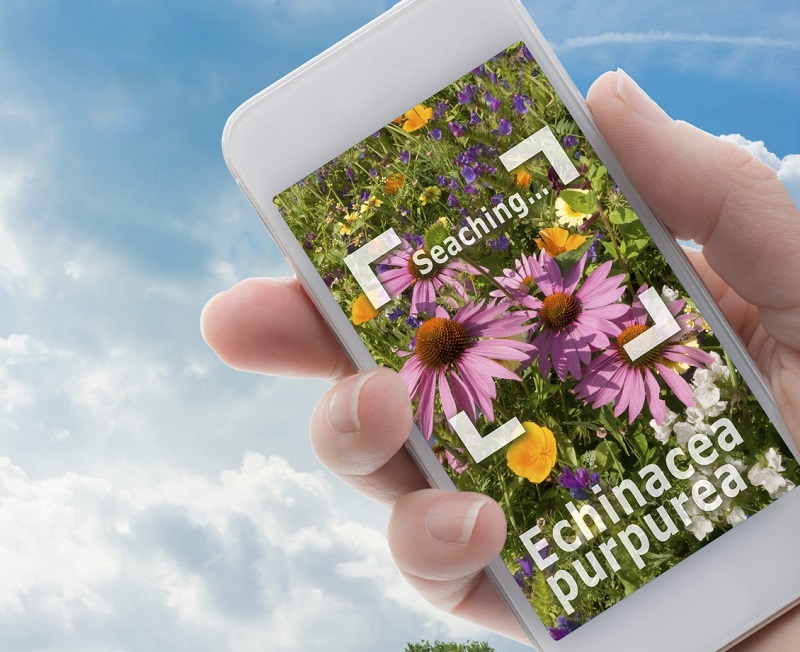When it comes to identifying plants, Google has become a valuable tool for both amateur and professional botanists alike. With the ability to search for images and information on a wide variety of plant species, Google has revolutionized the way we can learn about the flora around us. In this article, we will explore how Google can help you identify plants and discuss some dos and don’ts when using this powerful search engine for plant identification.
The Power of Google in Plant Identification
Google’s image search feature allows you to upload a picture of a plant and find similar images on the web. This can be especially useful when trying to identify a plant based on its visual characteristics, such as the shape of its leaves or flowers. Additionally, Google’s search algorithm can help you find information about specific plant species, including their common names, scientific classification, and growing conditions.
How to Use Google for Plant Identification
To use Google for plant identification, simply take a clear photo of the plant you want to identify and upload it to Google Images. Click on the camera icon in the search bar and either drag and drop the image or paste the image URL. Google will then display visually similar images and web pages related to the plant in question. You can also try adding keywords such as “plant identification” or “botanical information” to refine your search results.
Dos and Don’ts of Using Google for Plant Identification
Do:
– Use high-quality images with good lighting for the best search results
– Compare multiple images and sources to confirm a plant’s identity
– Explore reputable websites and botanical databases for accurate information
Don’t:
– Rely solely on Google for plant identification without cross-referencing information
– Assume that Google’s search results are always correct – always verify information with reliable sources
– Use blurry or distorted images that may lead to inaccurate identification
In conclusion, Google can be a valuable tool for identifying plants, but it is important to use it responsibly and in conjunction with other resources. By following these dos and don’ts, you can make the most of Google’s capabilities and enhance your knowledge of the diverse plant world around you. Happy plant hunting!

source: thepoetandtheplant.com
Are you looking to find the perfect complement to how to identify plants? Search no further than our wide range of top-quality selection. We have exactly what you require.

source: www.sufficientself.com
Are you looking for the right complement to how to identify plants? Look no further than our wide range of premium selection. We have exactly what you are looking for.

source: www.woodlandsconservancy.org
Are you looking for the perfect complement to how to identify plants? Look no further than our vast assortment of top-quality selection. We have just what you are looking for.
Whether you’re into how to identify plants large selections available here that cater to everyone’s passions. Our how to identify plants collections are a perfect way to see what alternative are available and to know what is popular. So why wait? Start your ideas and express your adventurous side today! We are hoping this article of how to identify plants useful.